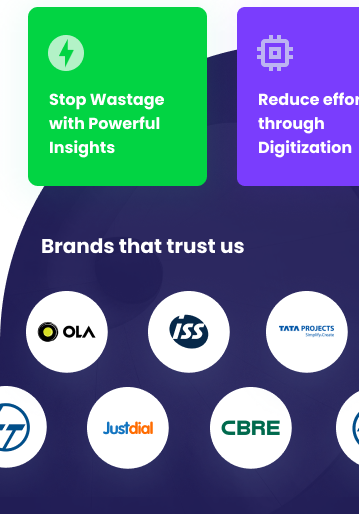The climate crisis demands urgent action, and the building sector, a major contributor to global emissions, is under increasing pressure to decarbonize. Data is the key to unlocking this transformation. Let’s start with the numbers:
Key Facts & Data Insights:
- Global Building Emissions: Buildings are responsible for approximately 38% of global energy-related CO2 emissions, according to the International Energy Agency (IEA). This includes both operational carbon (emissions from energy used to heat, cool, and power buildings) and embodied carbon (emissions from the manufacturing, transportation, and construction of building materials).
- Operational vs. Embodied Carbon: Operational carbon accounts for around 28% of global energy-related CO2 emissions, while embodied carbon contributes roughly 10%.
- HVAC Dominance: Heating, ventilation, and air conditioning (HVAC) systems are often the largest energy consumers in buildings, representing 40% or more of a building’s total energy use in many climates.
- Energy Waste: A significant portion of building energy is wasted due to inefficiencies, outdated equipment, and lack of intelligent controls. Studies suggest that up to 30% of energy used in commercial buildings is wasted.
- Smart Building Market Growth: The smart building market is experiencing rapid growth, driven by the need for energy efficiency and carbon reduction. Market research firms project substantial growth in the coming years, with some estimates exceeding a compound annual growth rate (CAGR) of over 10%.
- Energy Savings Potential: Studies by organizations like the American Council for an Energy-Efficient Economy (ACEEE) and the Lawrence Berkeley National Laboratory consistently demonstrate that smart building technologies can achieve significant energy savings, often ranging from 10% to 30% or more, and in some cases exceeding 50% in specific areas like lighting.
- Return on Investment (ROI): Investments in smart building technologies can deliver a compelling ROI through reduced energy costs, lower maintenance expenses, and increased property value. Payback periods can vary, but many projects achieve payback within 3 to 7 years, and some even faster.
- Data-Driven Optimization’s Impact: Companies specializing in AI-powered building optimization, like BrainBox AI, report energy savings of up to 25% and reductions in HVAC-related carbon emissions of 20-40%.
- Occupancy Data: Occupancy sensors reveal that many office spaces are underutilized, often occupied for less than 50% of the workday. This data highlights the potential for significant energy savings through space optimization and demand-based controls.
- Indoor Air Quality (IAQ) and Productivity: Studies have linked improved IAQ, often achieved through smart ventilation systems, to significant increases in cognitive function and productivity. A Harvard study found that improved IAQ can lead to an 8% increase in employee performance, translating to substantial economic benefits.
How Smart Building Technologies Leverage Data for Carbon Reduction:
Smart building technologies use data as the foundation for their decarbonization efforts. Here’s how:
Data Collection:
- IoT Sensors: A network of sensors gathers granular data on temperature, humidity, occupancy, light levels, air quality, energy consumption, and equipment status. This creates a real-time “digital nervous system” for the building.
- Building Management Systems (BMS): The BMS acts as a central hub, collecting data from various building systems and providing a unified view of building performance.
Data Analysis:
- Cloud-Based Platforms: Data is transmitted to cloud-based platforms for storage, processing, and analysis.
- Machine Learning (ML) Algorithms: Advanced algorithms identify patterns, anomalies, and inefficiencies in energy consumption and building operations.
- Predictive Analytics: ML models predict future energy needs, potential equipment failures, and optimal control strategies.
Data-Driven Optimization:
- Automated Controls: Based on data analysis, the BMS automatically adjusts HVAC settings, lighting levels, and other building systems to optimize energy efficiency and occupant comfort.
- Demand Response: The building can participate in demand response programs, automatically reducing energy consumption during peak demand periods.
- Predictive Maintenance: Data-driven insights enable proactive maintenance, preventing equipment failures and energy waste.
- Continuous Improvement: Data analysis provides ongoing feedback, allowing for continuous optimization of building performance and carbon reduction strategies.
Data Reporting and Transparency
- ESG Performance: Track key performance indicators (KPIs) related to energy consumption, carbon emissions, water usage, and waste generation.
- Benchmarking: Compare a building’s performance against industry standards.
- Certification Support: Data helps buildings achieve green building certifications.














